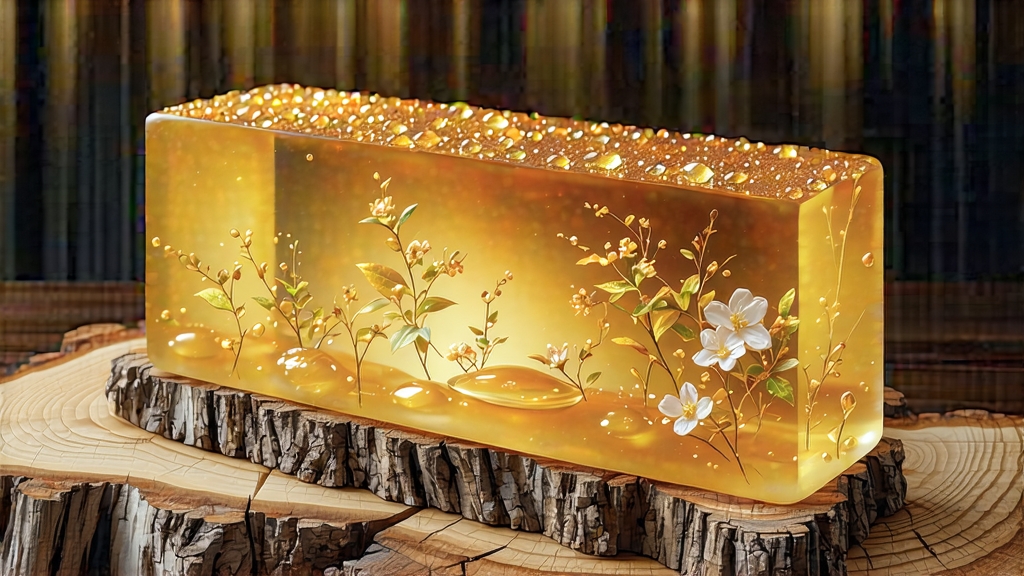
Few Western tea lovers realize that one of the world’s most microbiologically complex beverages travels under the deceptive sobriquet “brick.” Fu brick—Fú zhuān chá in pinyin—is a sub-category of Chinese dark tea (hei cha) that was born on the 14th-century caravan trails, matured in humid Hunan warehouses, and is now quietly conquering third-wave cafés from Brooklyn to Berlin. Unlike the smoky Lapsang or the elegant Dragon Well, Fu brick does not impress with a single dramatic note; its genius lies in orchestration: a slow, months-long duet between tea leaf and a benign mold that blossoms into microscopic golden stars. The result is a liquor that tastes like walking through a cedar forest after rain while nibbling on dark honey and wet stone.
History: From Imperial Horse Rations to Global Boutique Shelves
When the Ming court replaced the Yuan in 1368, it urgently needed horses from Central Asian tribes but lacked silver. Tea, lighter to transport than rice and calorie-free for caravan oxen, became currency. Compressed bricks—first green, then post-fermented—were stamped with imperial seals and swapped for warhorses. The route leaving Hunan’s Anhua county climbed to 3,000 m across the Zhongnan range; cool nights and warm days created condensation inside bamboo-wrapped loads. By the time caravans reached Xi’an, the bricks had changed color and aroma. Traders christened the variant that showed a canary-yellow dust “Fu” (literally “golden blessing”), a homophone for the prefecture that stored it. For six centuries the brick remained a northwestern frontier staple, brewed with yak butter and salt by Tibetans, Mongols and Uyghurs. Only after 2008, when Eurotium cristatum was identified as the dominant fungus and linked to cholesterol-lowering polysaccharides, did urban China rediscover Fu brick as a wellness fad, propelling it onto global specialty menus.
Terroir & Leaf: Two Families, One Goal
Authentic Fu brick is made exclusively from the large-leaf taxon Camellia sinensis var. sinensis f. macrophylla grown between 28–30 °N in the fog-trapped valleys of the Xuefeng and Wuling ranges. Within this belt two leaf styles compete for the connoisseur’s attention.
- “Xiang Fu” (Hunan style): Picking standard is one bud with three or four serrated leaves; the third leaf’s serrated edge is kept intact to encourage fungal anchoring.
- “Qing Fu” (Shaanxi replica): Uses shorter, thicker leaves from slightly higher elevation; growers shade the bushes for ten days pre-harvest to boost theanine, softening later mold bitterness.
Both styles insist on late-September plucking when stems lignify, ensuring the physical rigidity needed for brick compaction without crumbling.
Craft: Where Tea Meets Mycology
Fu brick production is a five-act play performed in humid stone cellars that smell of damp hay and apricot pits.
Act I – Fixing: 30 min at 180 °C deactivates leaf enzymes but preserves spore-friendly surface proteins.
Act II – Rolling: Light 15-min kneading fractures cell walls just enough to leak polyphenols, the fungus’ preferred carbon source.
Act III – Piling: Seven-day indoor heaps at 28 °C, 85 % RH encourage initial colonization by yeasts and Aspergillus niger, pre-acidifying the substrate for the star performer.
Act IV – Brick Pressing: 1 kg of conditioned leaf is funneled into a cedar-lined mold and compressed at 25 MPa—enough to feel like handshake firmness, not granite. Bamboo pegs leave five air vents; oxygen is the cue for Eurotium cristatum to germinate.
Act V – Flowering: Bricks are stacked in “pine-breath” chambers (named for the resinous wood burned to maintain 24–26 °C and 78 % RH). Over 18–22 days the fungus erupts into visible golden grains called “golden flowers” (jin hua). Masters listen for a faint rustle—mold hyphae shrinking as they sporulate—before moving bricks to a drying loft where 45 °C air fixes the bloom.
The finished brick weighs exactly 1.125 kg, a nod to the old tael system, and contains roughly 1.2 billion golden-flower spores